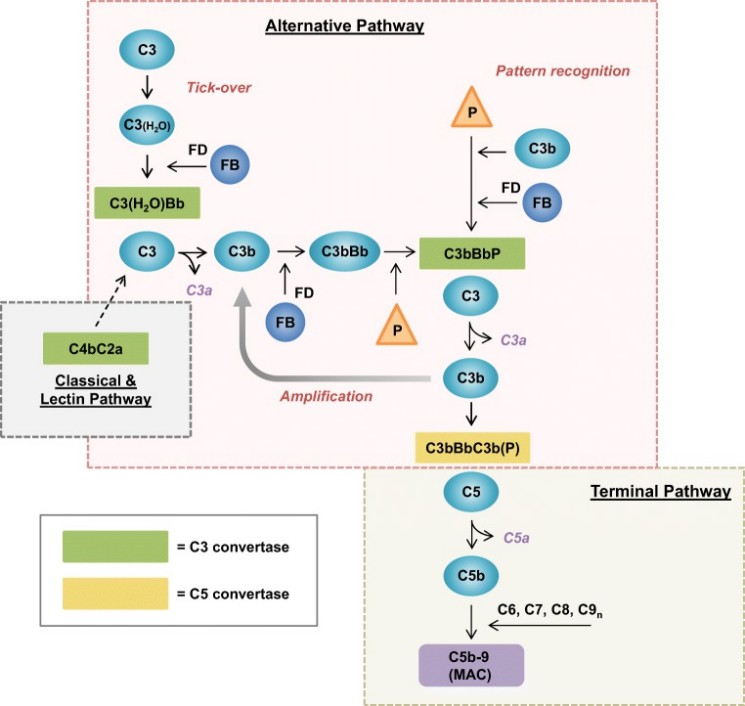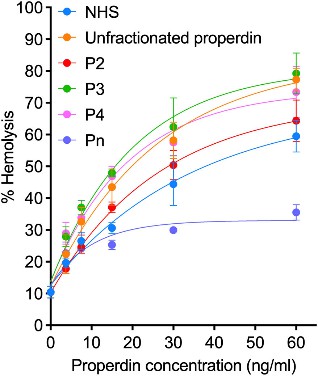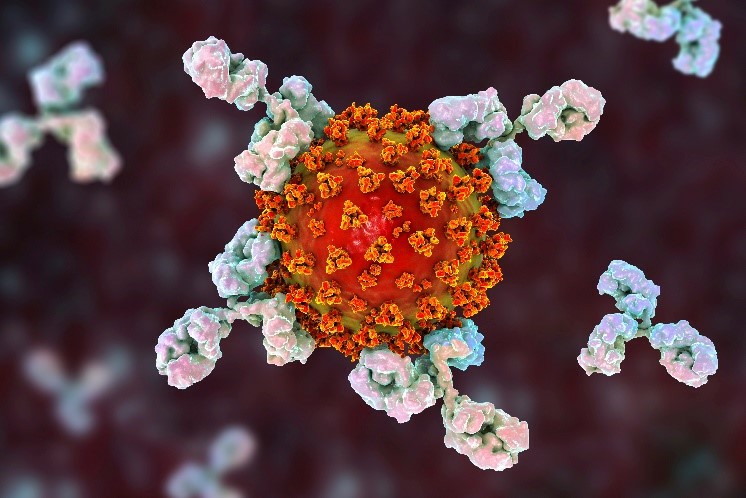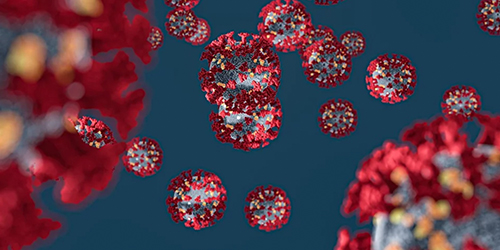Overview Workflows Case study Applications Related Products Featured Services Protocols Q&A Resources
Creative Biolabs provides top-notch and personalized complement factor P functional testing to support clients in the development of complement therapies with cutting-edge technologies and decades of scientific expertise.
Overview of Complement Factor P
Complement factor P, also known as properdin, is a plasma glycoprotein that activates the complement system of the innate immune system. As the sole positive regulator of the complement system, properdin stimulates this protective mechanism by stabilizing the complement alternative pathway convertases (C3 and C5-convertase enzyme complexes). Additionally, complement factor P acts as a scaffold for the assembly of C3 convertase and encourages the binding of C3b and Bb.
 Fig. 1 Complement factor P is involved in alternative pathway activation (The "P" in the yellow triangle).1, 3
Fig. 1 Complement factor P is involved in alternative pathway activation (The "P" in the yellow triangle).1, 3
Introduction of Complement Factor P Functional Test
Method
The complement factor P functional test is a laboratory test used to assess the activity and functionality of the complement component factor P in the blood, which can be performed by hemolytic assay and enzyme-linked immunosorbent assay (ELISA).
Analysis
Properdin, which is a supplemental activity starter, is also connected to a wide range of autoimmune and inflammatory disorders, many of which have kidney-related symptoms. Through the function or activity test of properdin, we can analyze and assess properdin function at the measurement level to study properdin in complement-mediated diseases, especially those with alternative pathway dysfunction.
Workflow of Complement C5 Functional Test
Properdin ELISA

Hemolytic assay

Case Study
 Fig. 2 Properdin function was quantified using a properdin functional hemolytic assay.2, 3
Fig. 2 Properdin function was quantified using a properdin functional hemolytic assay.2, 3
Applications
Diagnosis of Properdin Deficiency
Properdin deficiency is a rare genetic disorder that can result in recurrent infections, particularly with encapsulated bacteria. The complement factor properdin functional test helps identify individuals with reduced or absent properdin activity, aiding in the diagnosis of properdin deficiency.
Research and Clinical Trials
The complement factor properdin functional test is utilized in research studies and clinical trials to investigate the role of properdin in various diseases and to evaluate its potential as a therapeutic target for the AP-associated renal diseases C3 glomerulopathy, proteinuria-induced tubulointerstitial injury, and atypical hemolytic uremic syndrome.
Related Products
Featured Services

|

|
|
Total Complement Activity Test
|
C1q-Binding Assays
|
|
Creative Biolabs offers total complement activity test services for our clients. Total complement activity tests include CH50, AH50, and LP50.
|
Creative Biolabs offers high-quality C1q-binding assays for the characterization of therapeutic mAbs.
|
|
Learn more
|
Learn more
|
Protocols
Resources
Creative Biolabs aims to provide the best and most practical complement-related services based on a reliable and standardized complement assay platform. We offer customized complement factor P functional tests for the quick evaluation of complement activity.
Please contact us to discuss your interest or questions about the complement function test.
References
-
Michels, Marloes AHM, et al. "The role of properdin in complement-mediated renal diseases: a new player in complement-inhibiting therapy?" Pediatric Nephrology 34 (2019): 1349-1367.
-
Moore, Sara R, et al. "A novel assay that characterizes properdin function shows neutrophil-derived properdin has a distinct oligomeric distribution." Frontiers in immunology vol. 13 918856. 12 Jan. 2023.
-
under Open Access license CC BY 4.0, without modification
Questions & Answer
A: Complement factor P, also known as properdin, is a protein that plays a critical role in the alternative pathway of the complement system. It stabilizes the C3 and C5 convertases, which activate the complement cascade and help to clear pathogens and other foreign substances from the body.
A: There are several different methods that can be used to measure complement factor P activity in the lab, including hemolysis assays and ELISAs. These tests typically involve adding complement components and a source of complement factor P to a sample of blood or other biological fluid, and then measuring the resulting complement activity.
A: Complement factor P functional tests can be affected by a variety of factors, including the stability of the complement components, the presence of interfering substances in the sample, and variability between different test methods and laboratories. In addition, these tests may not always be sensitive enough to detect mild complement deficiencies or other subtle abnormalities.
A: The test can shed light on interactions and cross-talk between complement factor P and other components of the complement system. Understanding these interactions is crucial for unraveling the complex dynamics of complement activation and its implications in health and disease.
A: Researchers can interpret the data obtained from the complement factor P functional test to elucidate the role of complement factor P in various biological processes, disease states, and therapeutic interventions. This information can inform the identification of potential therapeutic targets and aid in the development of novel drug candidates. By elucidating the role of complement factor P in disease processes, this test contributes valuable information to drug discovery and development efforts.
A: Yes, with appropriate modifications, the test can be adapted for high-throughput screening applications. Automation, miniaturization, and optimization of assay conditions can enable rapid and efficient screening of large compound libraries or experimental samples, facilitating drug discovery and mechanistic studies.
For Research Use Only.
Related Sections:

 Fig. 1 Complement factor P is involved in alternative pathway activation (The "P" in the yellow triangle).1, 3
Fig. 1 Complement factor P is involved in alternative pathway activation (The "P" in the yellow triangle).1, 3


 Fig. 2 Properdin function was quantified using a properdin functional hemolytic assay.2, 3
Fig. 2 Properdin function was quantified using a properdin functional hemolytic assay.2, 3




